Rapamycin
Recent articles
Maternal sleep apnea may contribute to autism-like traits in rats
Pups born to mothers that experience low oxygen during sleep have overactive mTOR signaling, which has been linked to some forms of autism.
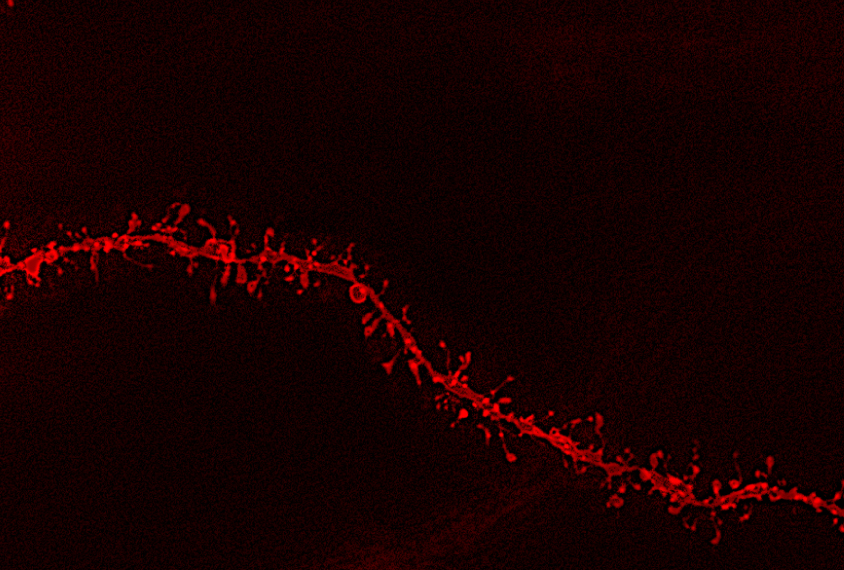
Maternal sleep apnea may contribute to autism-like traits in rats
Pups born to mothers that experience low oxygen during sleep have overactive mTOR signaling, which has been linked to some forms of autism.
Autism model mice develop typical social and motor behaviors after drug treatment
The drug suppresses an overactive signaling pathway implicated in tuberous sclerosis complex.
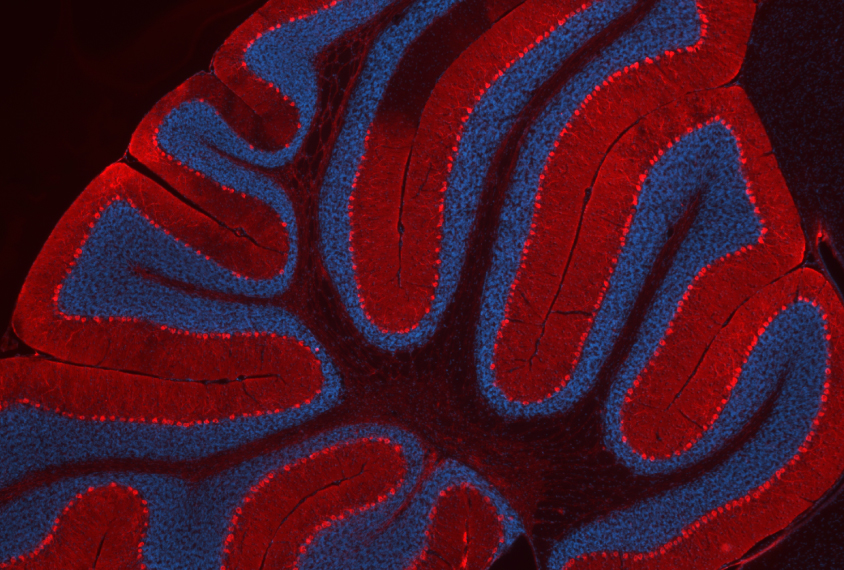
Autism model mice develop typical social and motor behaviors after drug treatment
The drug suppresses an overactive signaling pathway implicated in tuberous sclerosis complex.
Synaptic overgrowth, hyperconnectivity may define autism subtype
Model mice of the subtype also show hyperactivity in a signaling pathway called mTOR, bolstering the idea that distinct forms of autism have different biological roots and may require different treatment approaches.
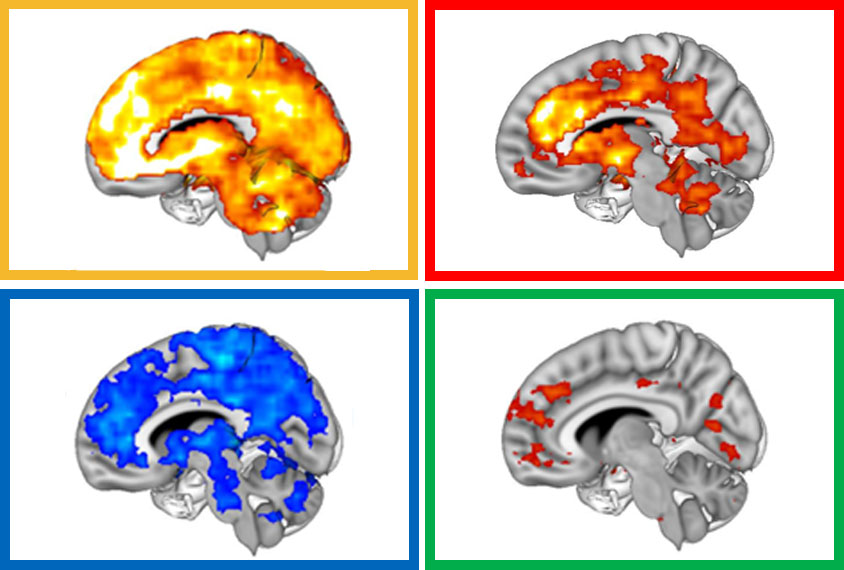
Synaptic overgrowth, hyperconnectivity may define autism subtype
Model mice of the subtype also show hyperactivity in a signaling pathway called mTOR, bolstering the idea that distinct forms of autism have different biological roots and may require different treatment approaches.
Molecular overlap links tuberous sclerosis, fragile X
Brain cells from the cerebellums of mice that model tuberous sclerosis show dampened levels of proteins controlled by FMRP, the protein missing in fragile X syndrome.
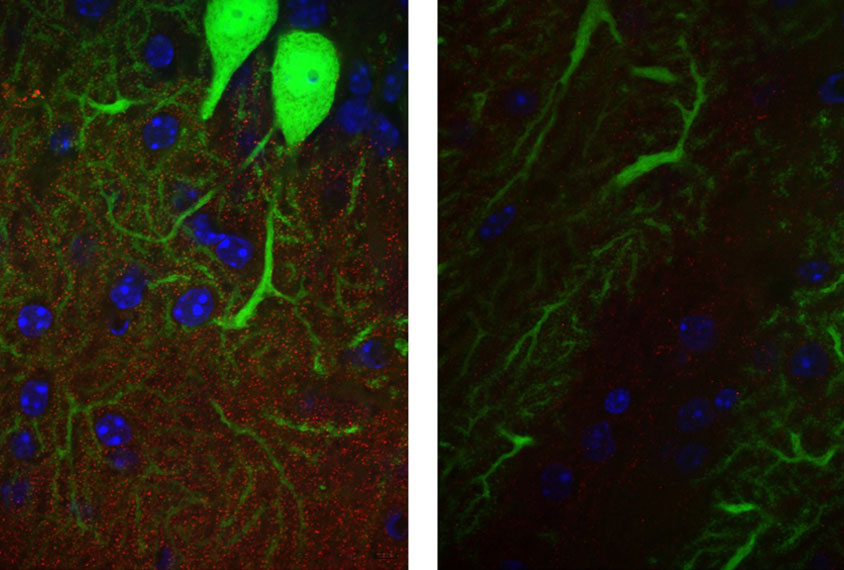
Molecular overlap links tuberous sclerosis, fragile X
Brain cells from the cerebellums of mice that model tuberous sclerosis show dampened levels of proteins controlled by FMRP, the protein missing in fragile X syndrome.
Brain’s motor hub plays unsung role in social skills, cognition
Long known as the director of movement, the cerebellum may also coordinate social and cognitive abilities, including those central to autism.

Brain’s motor hub plays unsung role in social skills, cognition
Long known as the director of movement, the cerebellum may also coordinate social and cognitive abilities, including those central to autism.
Mouse study reveals overlooked target for autism therapies
Blocking one form of an enzyme implicated in autism eases unusual behaviors and seizures in mice missing a top autism gene.
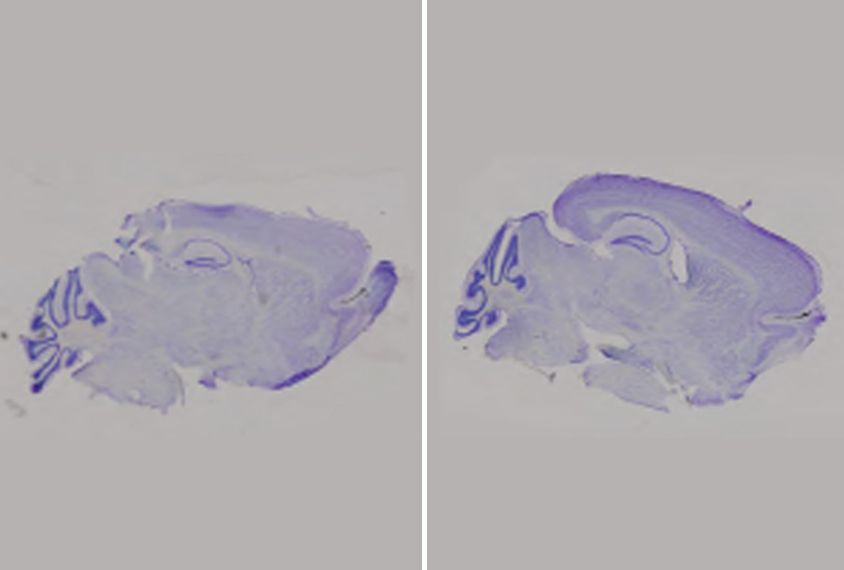
Mouse study reveals overlooked target for autism therapies
Blocking one form of an enzyme implicated in autism eases unusual behaviors and seizures in mice missing a top autism gene.
Studies of tuberous sclerosis may shed light on biology of autism
Tuberous sclerosis provides a unique opportunity to understand autism because about half of people with that single-gene condition also have autism.
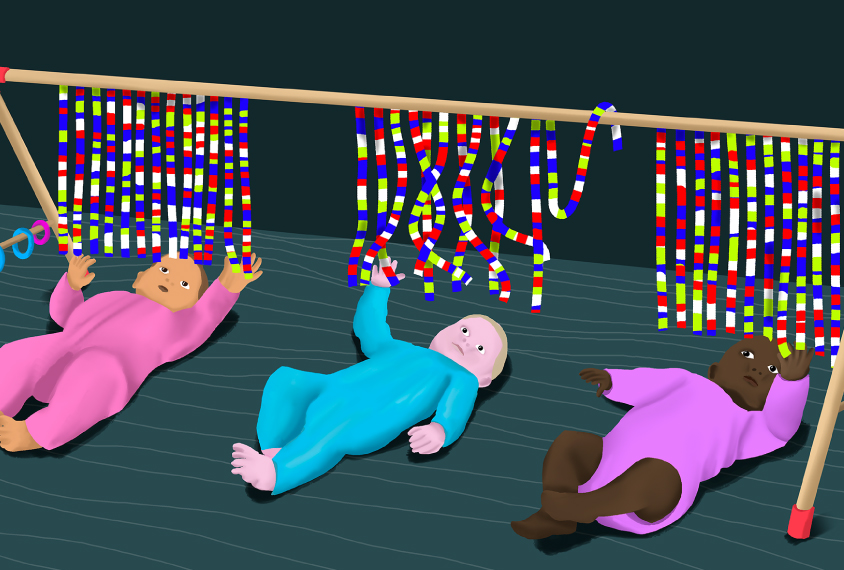
Studies of tuberous sclerosis may shed light on biology of autism
Tuberous sclerosis provides a unique opportunity to understand autism because about half of people with that single-gene condition also have autism.
Family ties: Sabatini brothers crack codes that may underlie autism
David and Bernardo Sabatini, brothers born just a year and a half year apart, invent their way to answering big questions about autism.
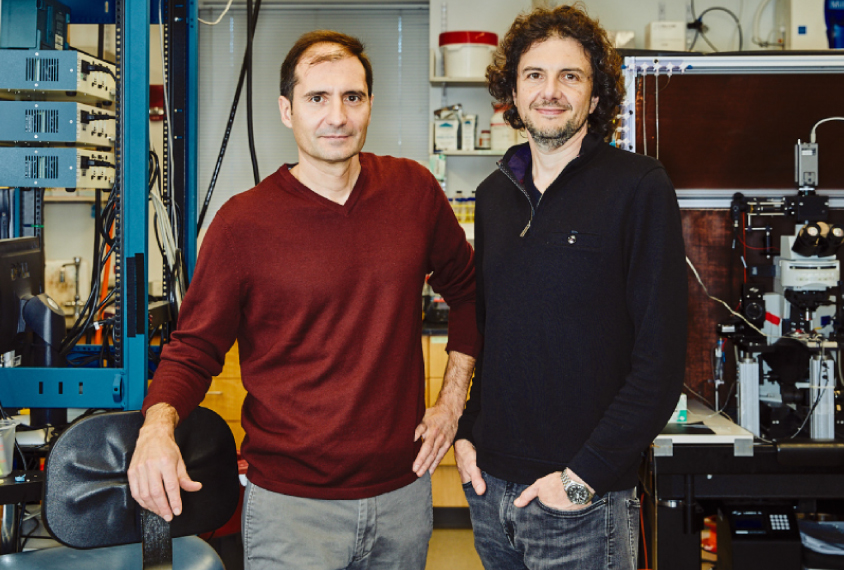
Family ties: Sabatini brothers crack codes that may underlie autism
David and Bernardo Sabatini, brothers born just a year and a half year apart, invent their way to answering big questions about autism.
Drug in trials for one autism-linked condition may worsen another
The drug rapamycin, which is in clinical trials as a treatment for tuberous sclerosis, may exacerbate features of fragile X syndrome, another condition related to autism.
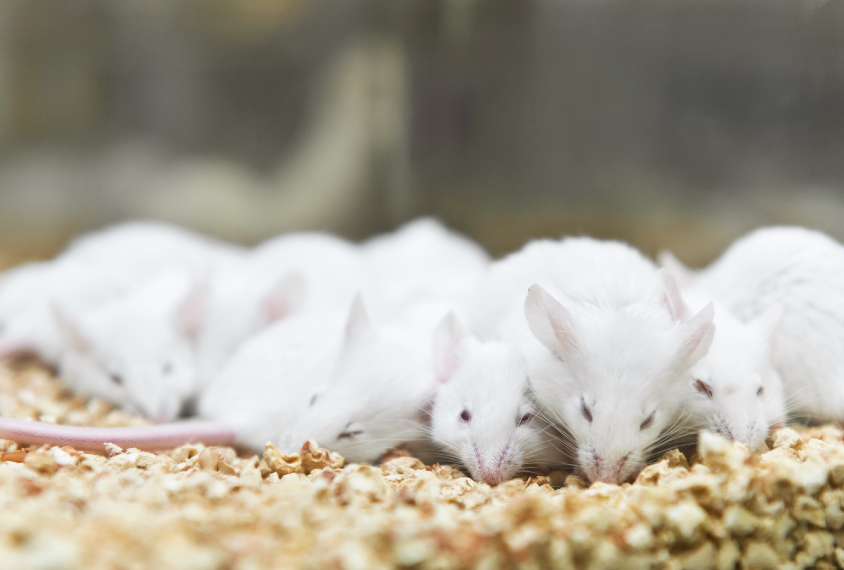
Drug in trials for one autism-linked condition may worsen another
The drug rapamycin, which is in clinical trials as a treatment for tuberous sclerosis, may exacerbate features of fragile X syndrome, another condition related to autism.
Cancer drug wards off seizures in mouse model of tuberous sclerosis
A drug called rapamycin prevents seizures in a mouse model of the autism-related condition tuberous sclerosis complex.
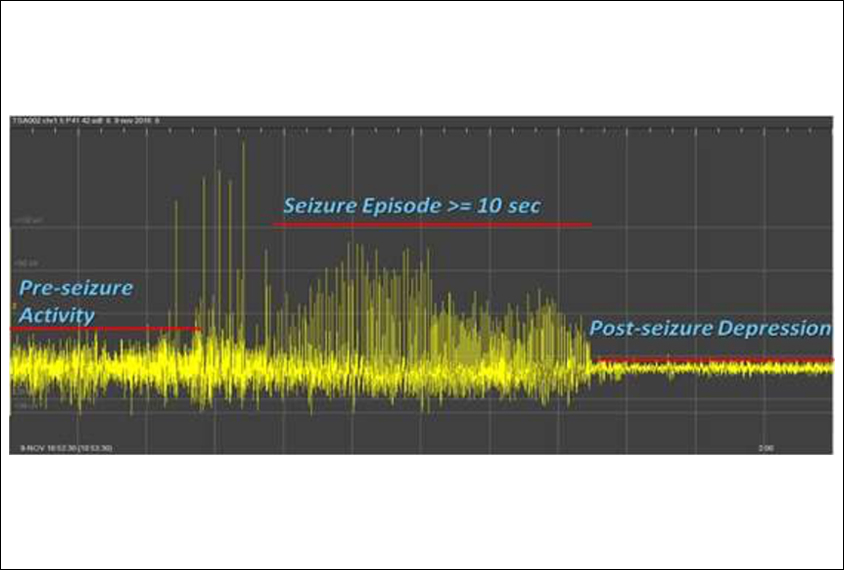
Cancer drug wards off seizures in mouse model of tuberous sclerosis
A drug called rapamycin prevents seizures in a mouse model of the autism-related condition tuberous sclerosis complex.
Explore more from The Transmitter
Psilocybin rewires specific mouse cortical networks in lasting ways
Neuronal activity induced by the psychedelic drug strengthens inputs from sensory brain areas and weakens cortico-cortical recurrent loops.
Psilocybin rewires specific mouse cortical networks in lasting ways
Neuronal activity induced by the psychedelic drug strengthens inputs from sensory brain areas and weakens cortico-cortical recurrent loops.
Home makeover helps rats better express themselves: Q&A with Raven Hickson and Peter Kind
The “Habitat”—a complex environment with space for large social groups—expands the behavioral repertoire of rodent models, Hickson and Kind say.
Home makeover helps rats better express themselves: Q&A with Raven Hickson and Peter Kind
The “Habitat”—a complex environment with space for large social groups—expands the behavioral repertoire of rodent models, Hickson and Kind say.
Tatiana Engel explains how to connect high-dimensional neural circuitry with low-dimensional cognitive functions
Neuroscientists have long sought to understand the relationship between structure and function in the vast connectivity and activity patterns in the brain. Engel discusses her modeling approach to discovering the hidden patterns that connect the two.
Tatiana Engel explains how to connect high-dimensional neural circuitry with low-dimensional cognitive functions
Neuroscientists have long sought to understand the relationship between structure and function in the vast connectivity and activity patterns in the brain. Engel discusses her modeling approach to discovering the hidden patterns that connect the two.